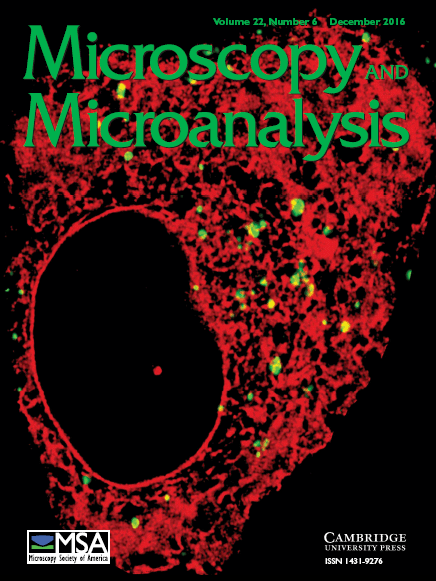-
Views
-
Cite
Cite
Michael J Zachman, Emily Asenath-Smith, Lara A Estroff, Lena F Kourkoutis, Site-Specific Preparation of Intact Solid–Liquid Interfaces by Label-Free In Situ Localization and Cryo-Focused Ion Beam Lift-Out, Microscopy and Microanalysis, Volume 22, Issue 6, 1 December 2016, Pages 1338–1349, https://doi.org/10.1017/S1431927616011892
Close - Share Icon Share
Abstract
Scanning transmission electron microscopy (STEM) allows atomic scale characterization of solid–solid interfaces, but has seen limited applications to solid–liquid interfaces due to the volatility of liquids in the microscope vacuum. Although cryo-electron microscopy is routinely used to characterize hydrated samples stabilized by rapid freezing, sample thinning is required to access the internal interfaces of thicker specimens. Here, we adapt cryo-focused ion beam (FIB) “lift-out,” a technique recently developed for biological specimens, to prepare intact internal solid–liquid interfaces for high-resolution structural and chemical analysis by cryo-STEM. To guide the milling process we introduce a label-free in situ method of localizing subsurface structures in suitable materials by energy dispersive X-ray spectroscopy (EDX). Monte Carlo simulations are performed to evaluate the depth-probing capability of the technique, and show good qualitative agreement with experiment. We also detail procedures to produce homogeneously thin lamellae, which enable nanoscale structural, elemental, and chemical analysis of intact solid–liquid interfaces by analytical cryo-STEM. This work demonstrates the potential of cryo-FIB lift-out and cryo-STEM for understanding physical and chemical processes at solid–liquid interfaces.





